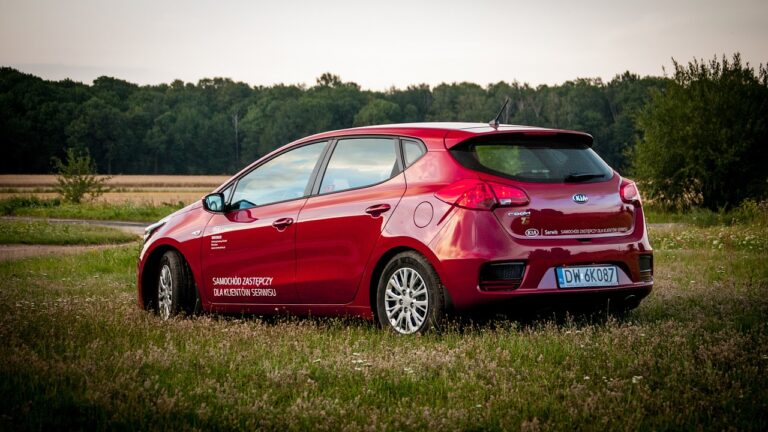The Future of Auto Connectivity: Seamless Integration with Smart Cities
One of the key challenges in integrating auto connectivity with smart cities is the need for robust infrastructure to support the seamless flow of data between vehicles and city systems. This requires significant investment in developing and maintaining the necessary networks and technologies to ensure reliable communication and navigation for connected vehicles within the urban environment.
Another obstacle is the complexity of coordinating various stakeholders, including government authorities, automotive manufacturers, technology providers, and urban planners. Each of these entities may have different priorities, standards, and regulations, making it challenging to align their interests and efforts towards a unified vision of auto connectivity in smart cities. Effective collaboration and communication among these diverse parties are essential to overcome the barriers to integration and create a more connected and efficient urban transportation system.
Benefits of Seamless Auto Connectivity in Smart Cities
Seamless auto connectivity in smart cities offers a multitude of advantages that contribute to enhancing daily urban life. One of the key benefits is the optimization of traffic flow through real-time data analysis, leading to reduced congestion and improved overall transportation efficiency. This not only saves time for individuals but also helps in lowering carbon emissions, thus promoting a more sustainable environment in urban areas.
Moreover, seamless auto connectivity enables the integration of different modes of transportation, creating a more interconnected and accessible urban mobility network. This interconnectedness allows for smoother transitions between various transportation options, making it easier for people to move around the city efficiently. By promoting multi-modal transportation, residents have the flexibility to choose the most convenient and eco-friendly way to travel, ultimately improving the quality of life in smart cities.
Technological Innovations Driving Auto Connectivity in Smart Cities
One of the key technological innovations driving auto connectivity in smart cities is the development of 5G networks. With its ultra-fast speeds and low latency, 5G is essential for enabling real-time communication between vehicles, infrastructure, and other connected devices. This technology plays a crucial role in enhancing road safety through features like collision avoidance systems and traffic management.
Another significant advancement is the integration of artificial intelligence (AI) in vehicles and city infrastructure. AI-powered systems can analyze vast amounts of data from various sources to optimize traffic flow, predict potential hazards, and reduce congestion. By leveraging AI, smart cities can create more efficient transportation systems that prioritize safety, sustainability, and convenience for residents and visitors alike.





